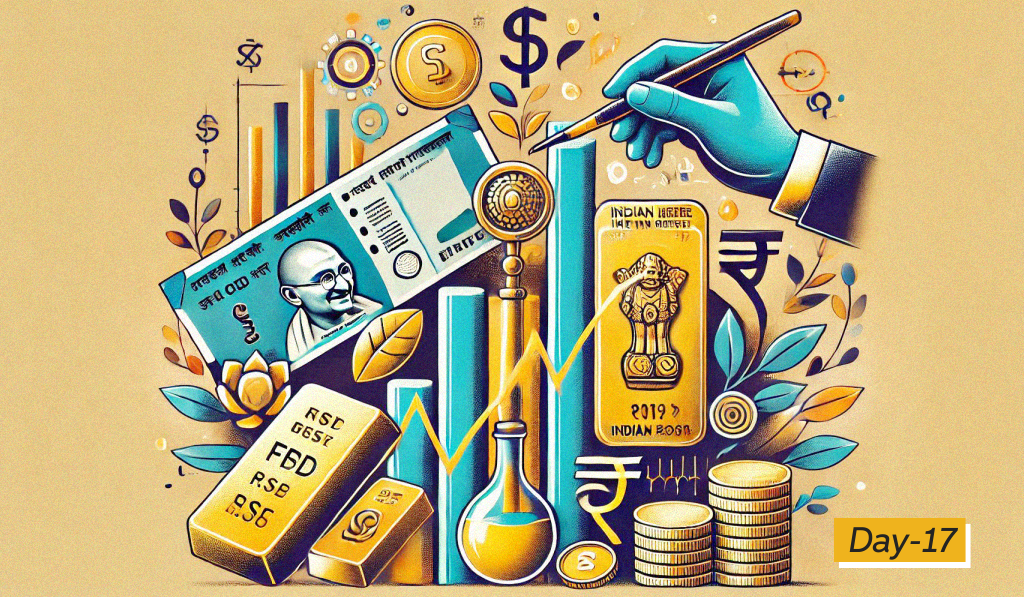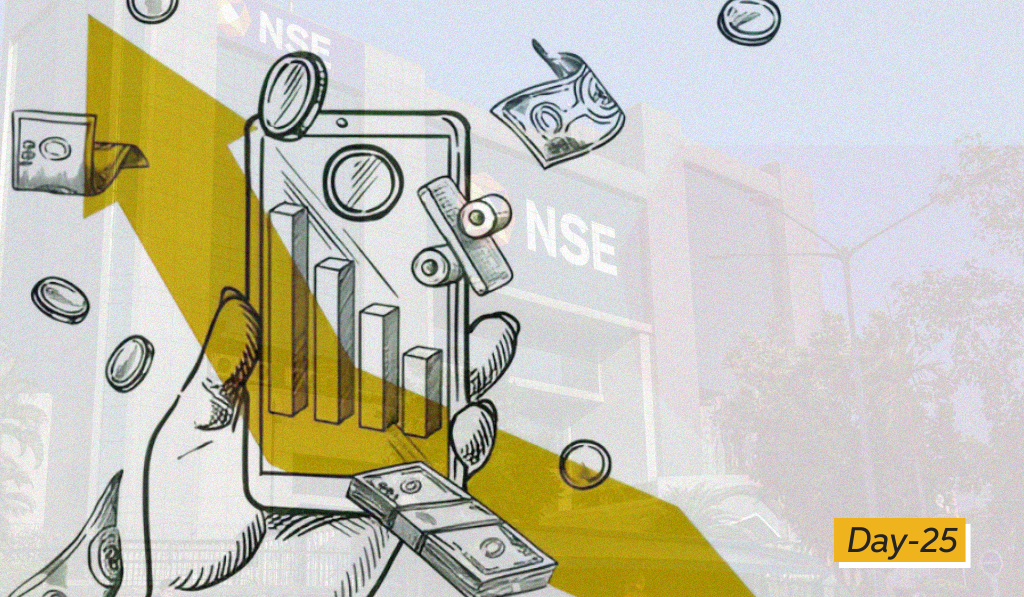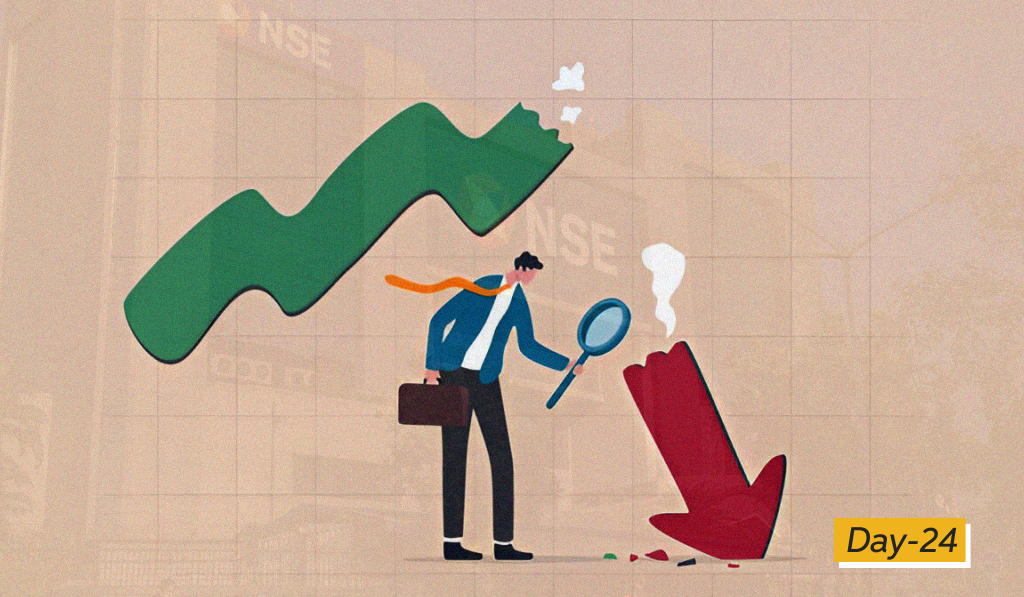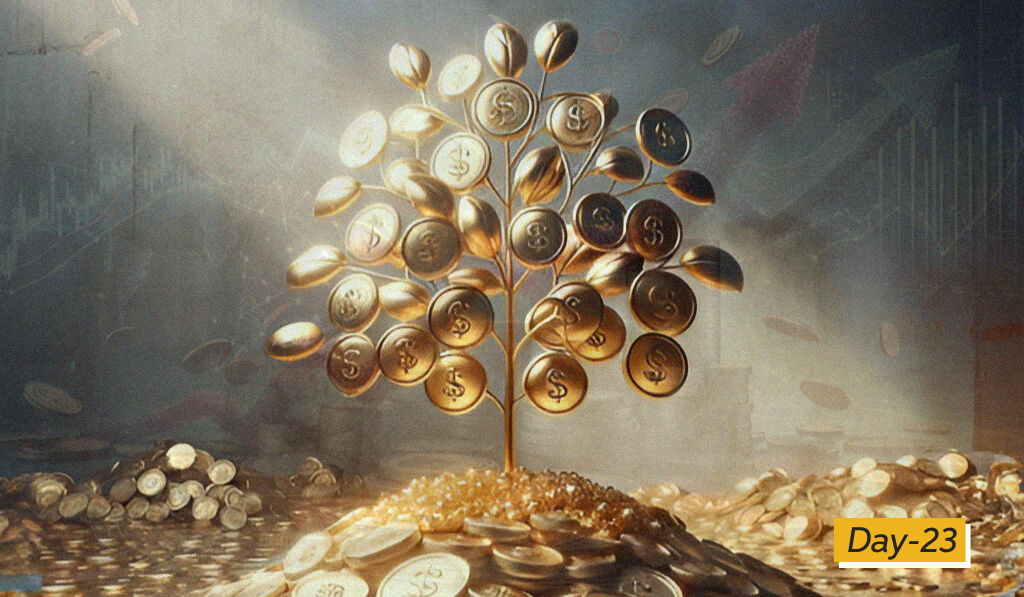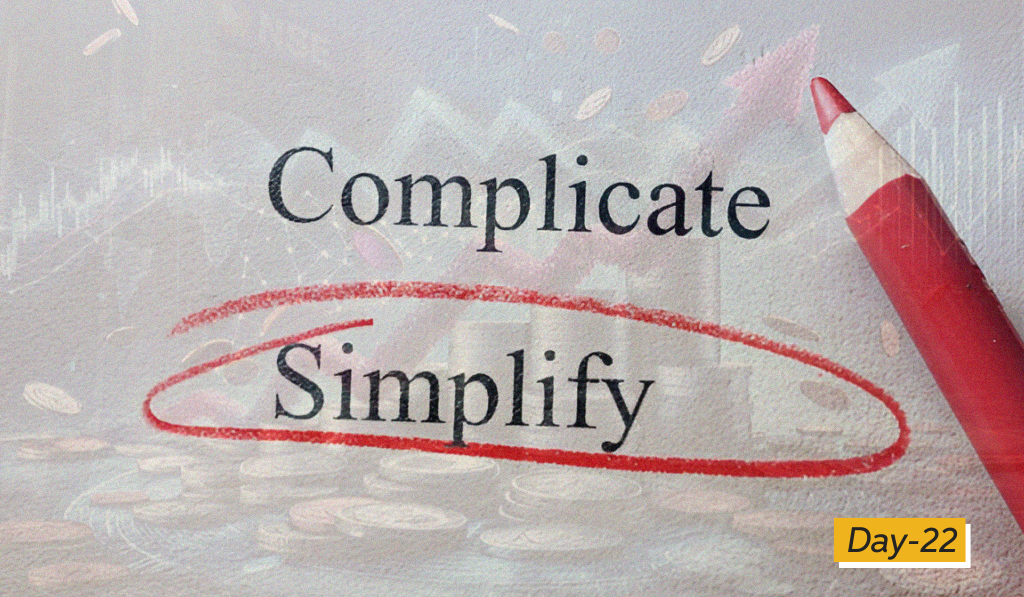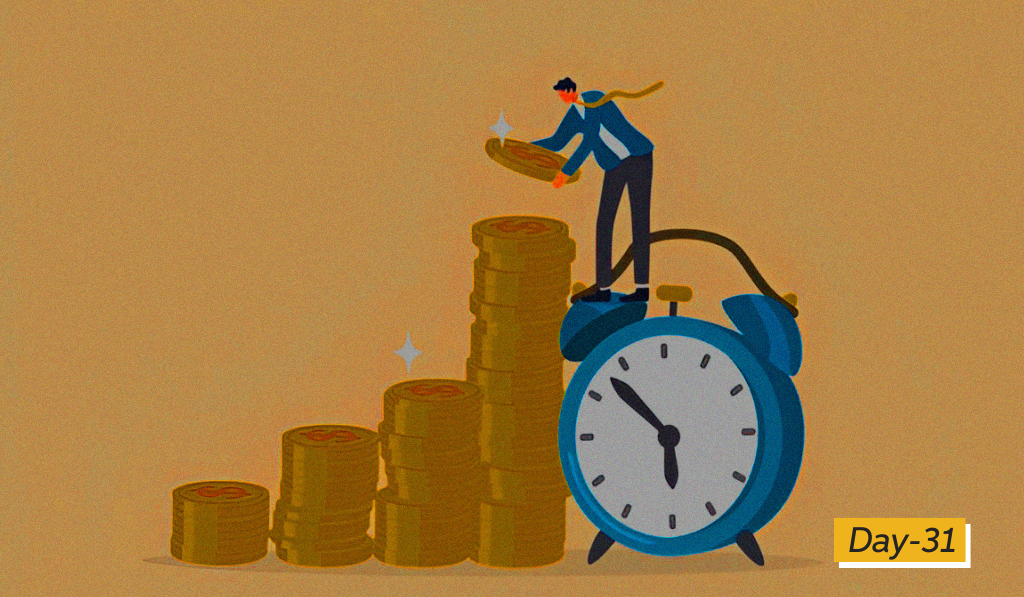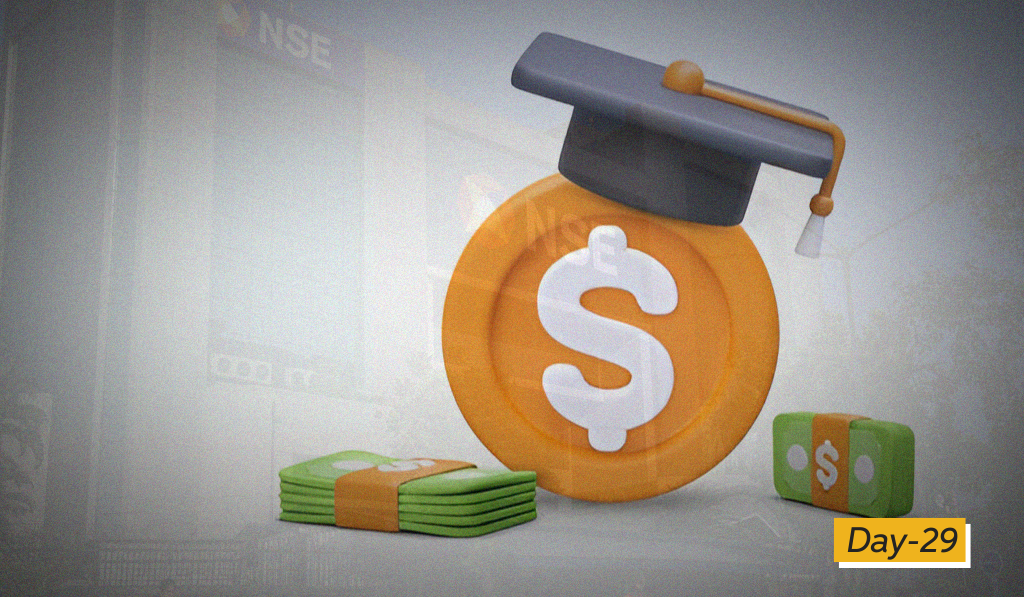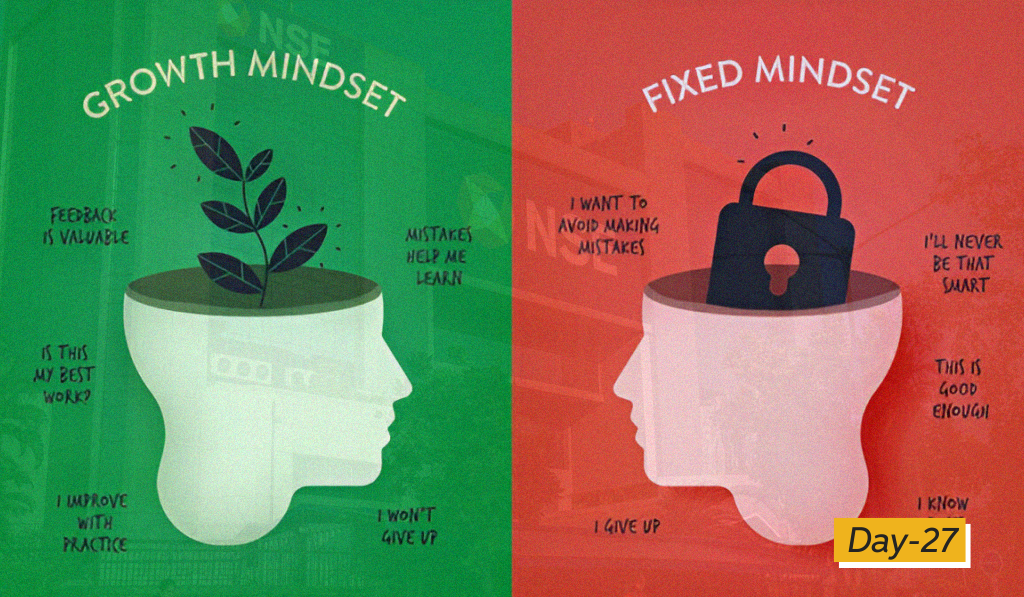Inflation is often referred to as the “silent wealth destroyer.” While many investors in India rely on traditional assets like gold and fixed deposits (FDs) to grow their wealth, these options often fail to outpace inflation over the long term. Here’s why these investments fall short and what you can do to protect your financial future.
The Illusion of Safety
Gold and FDs are considered “safe” investments because they are perceived to have low risk. However, safety often comes at the cost of lower returns. Let’s examine each:
- Gold:
- Historically, gold has provided an average annual return of around 6-7% in India.
- After adjusting for inflation (typically 5-6%), the real return on gold can be as low as 1-2%.
- Example: If you had invested ₹1 lakh in gold in 1990, its inflation-adjusted value in 2017 would barely have doubled.
- Fixed Deposits (FDs):
- FD returns generally range from 5-7% annually, barely matching inflation.
- Additionally, returns from FDs are taxable, further eroding real gains.
- Example: A 6% FD return in a 30% tax bracket effectively becomes 4.2%, which fails to keep up with inflation.
The True Cost of Inflation
Inflation reduces the purchasing power of your money. For example:
- If inflation is 6%, something costing ₹1,000 today will cost ₹1,790 in 10 years.
- If your investment grows at 4%, its value in 10 years will only be ₹1,480—leaving you with a shortfall.
This means that while your money may grow nominally, its real value (adjusted for inflation) may actually decrease.
Why Equity Beats Inflation
Equity investments, while more volatile in the short term, consistently outperform inflation over the long term.
- The BSE Sensex has delivered an average annual return of around 15% since its inception.
- Unlike gold or FDs, equity returns benefit from the power of compounding and tax efficiency (especially for long-term holdings).
Example: If you had invested ₹1 lakh in the Sensex in 1990, it would have grown to over ₹3 crore by 2017—far outpacing inflation and other asset classes.
Key Takeaways
- Gold and FDs can serve as diversification tools but should not be the primary vehicles for wealth creation.
- To beat inflation, focus on high-quality equities or equity mutual funds with a long-term horizon.
- Use inflation-adjusted metrics to assess the real value of your investments.
Conclusion
While traditional investments like gold and FDs provide a sense of security, they may not be enough to secure your financial future in an inflationary environment. By incorporating equity into your portfolio and adopting a long-term investment strategy, you can ensure your wealth not only grows but retains its real value over time.
